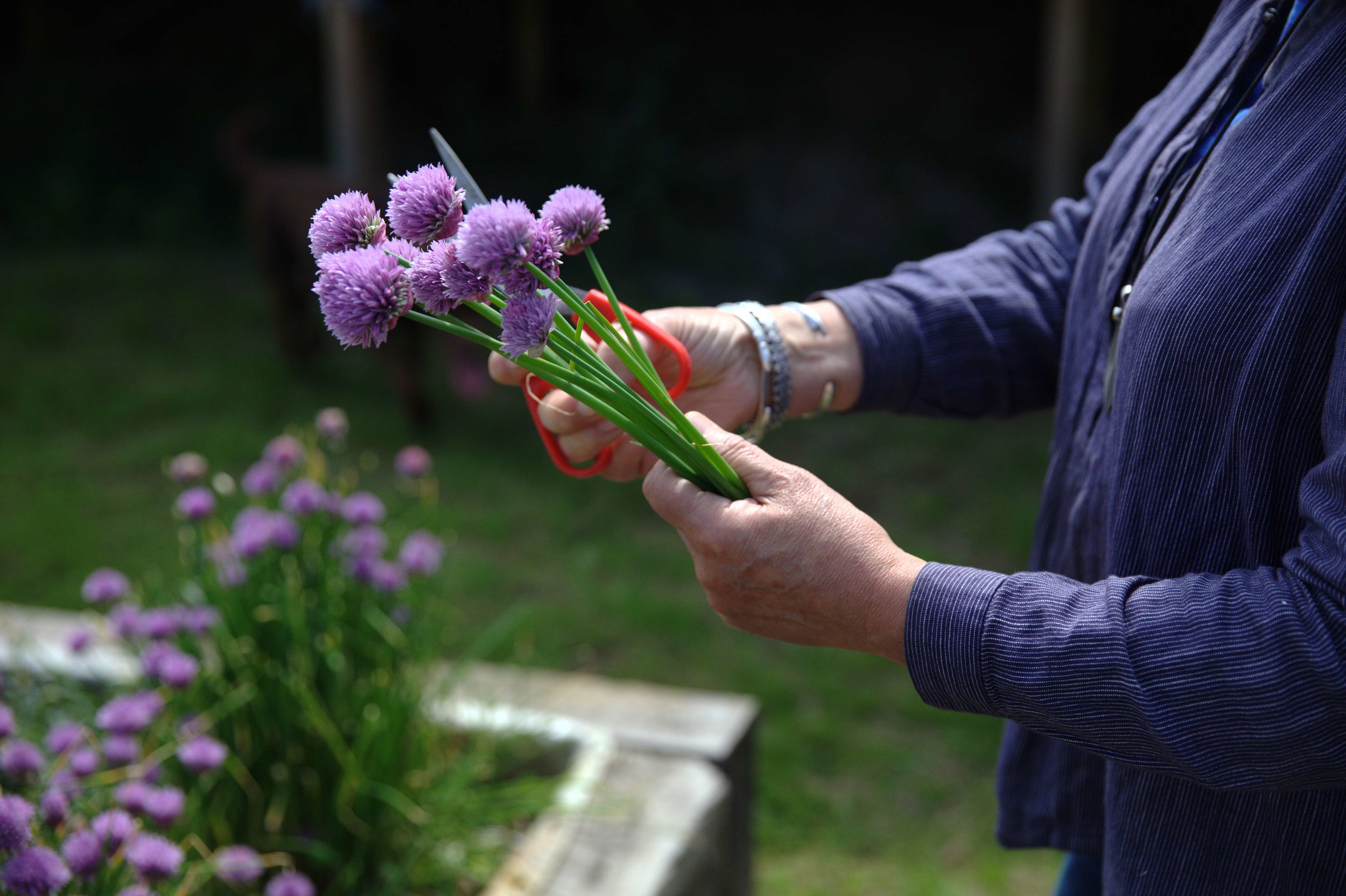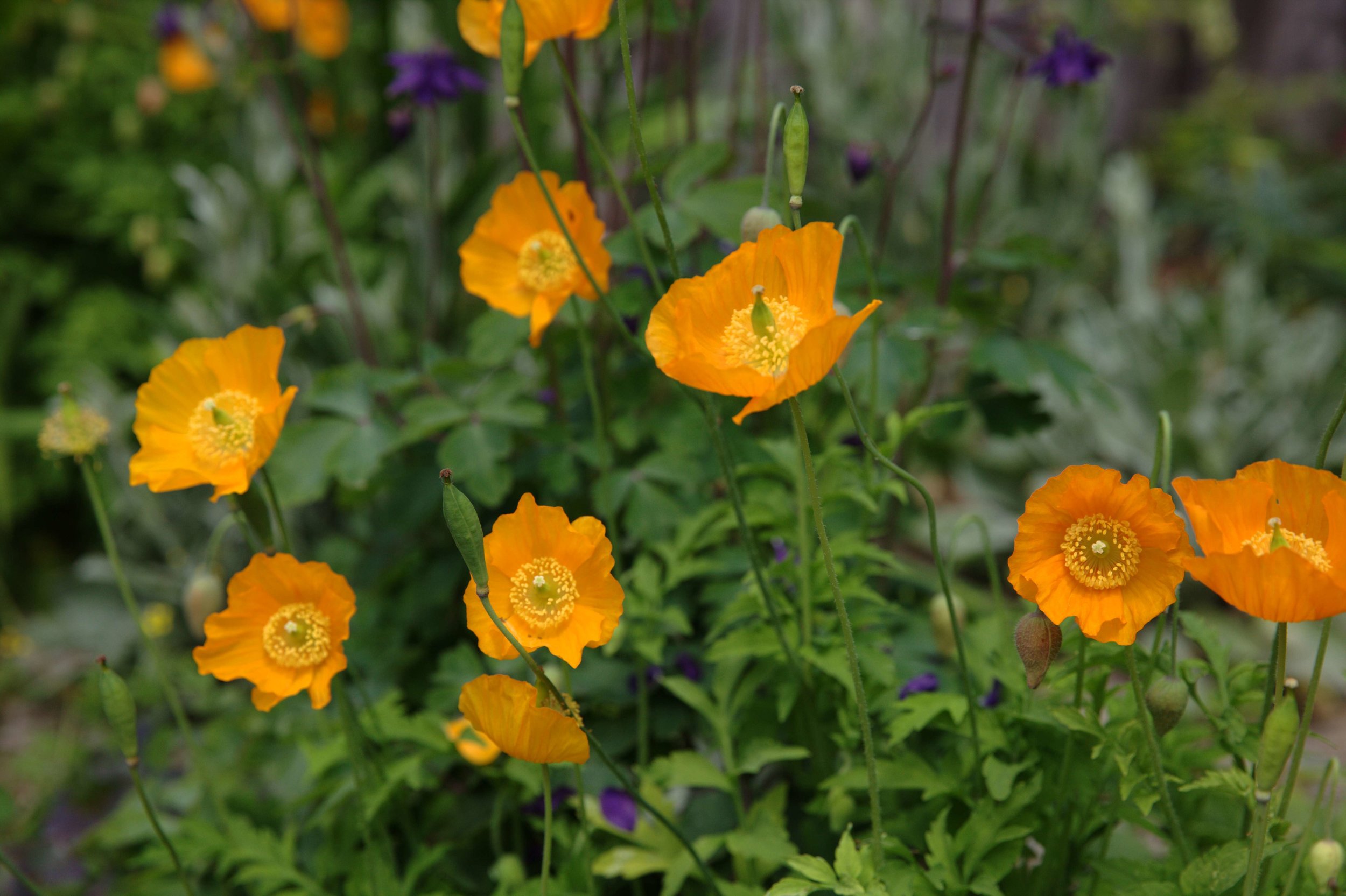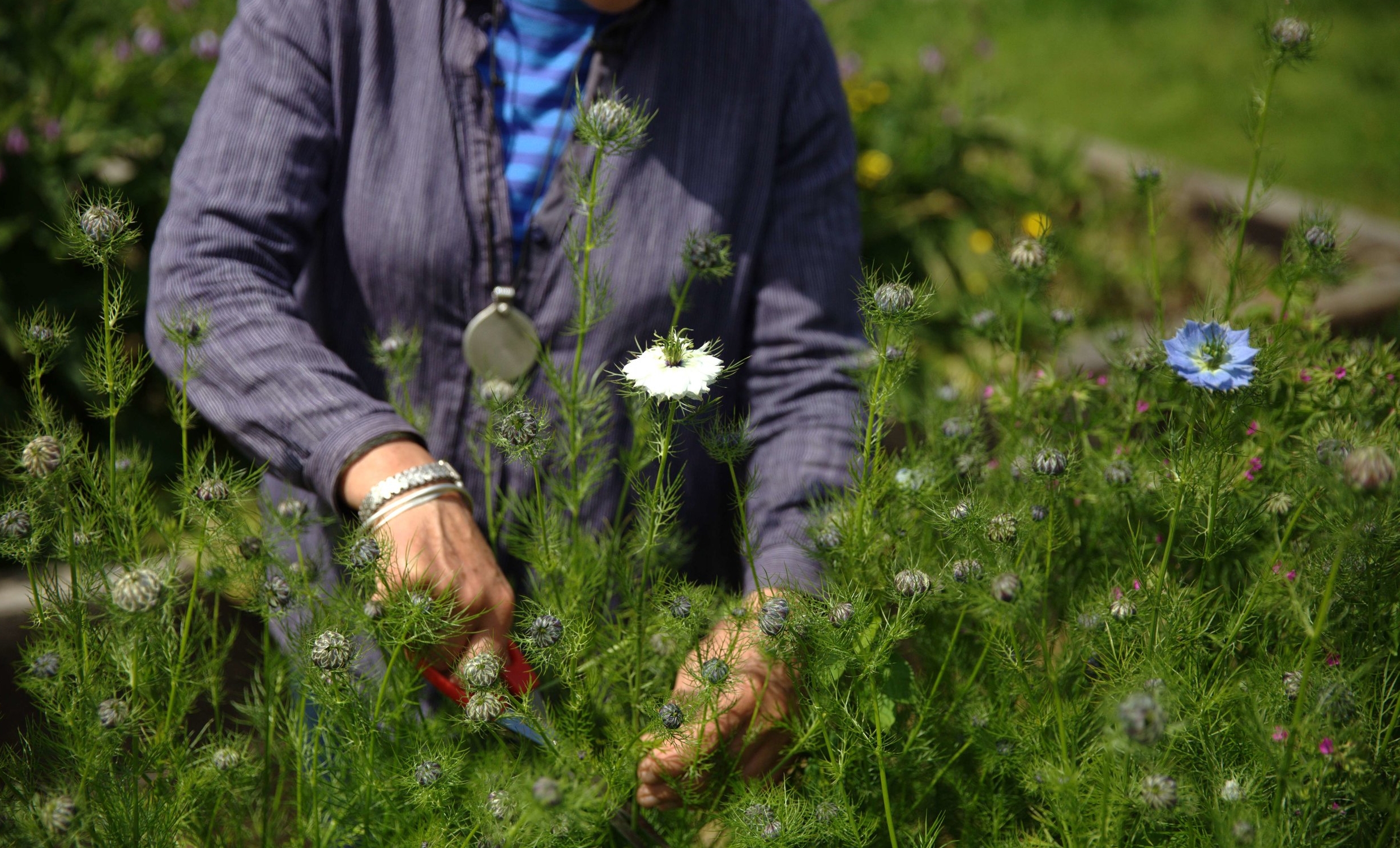Why do we love flowers?
With their fragile and delicate perfection, beauty, colour and fragrant scent, flowers hold such delight and a special place in our emotions. They can trigger happiness and satisfaction.
I have many joyful memories as a little girl always picking flowers. Putting together little posies to give to grandma, making rose petal perfume with my sister and daisy chains to wear on our heads. I can't remembering not always loving flowers. I tend to give preference to the wild ones that hide amongst the hedgerows and on the side of the footpath, the ones that many may even call weeds: tall teezle, rose campion, wild carrot, meadow sweet, knapweed and buttercup.
When we set up fforest it made sense and was important to me to welcome our guests with flowers when they arrived. Flowers bursting with seasonal colour, light and the scent of the surrounding fields and our garden.
So many occasions are celebrated with flowers: birthdays, weddings, congratulations, I love yous, thank yous, I'm sorrys...Flowers so frail and fleeting hold an amazing power, energy and positivity. Arriving at fforest for your holiday, event or wedding is something to celebrate with some simple flowers, a welcoming sight for people who appreciate nature and relish the bounty of the changing seasons. An ever-changing colourful display of leaf, flower, fruit and berry across the garden, hedgerow and fields.
On arrival day, a lovely task is to walk the fields and garden, in-between the fruits, herbs and vegetables in the raised beds of the polytunnel, to pick a big basket full of flowers. These we arrange in the many pots, jugs and jars we've collected over the years at fforest. We present our little posies; flowers and foliage full of beauty, fragrance, frailty and folklore, and we hope that you appreciate them as much as we do.
I am very much a pick and plonk in the pot flower arranger. One thing I have observed and learnt over the years of fforest flower arranging is how the beautiful greenery that surrounds flowers is just as important. So much variation in texture and pattern, highlighting the pops of colour.





















